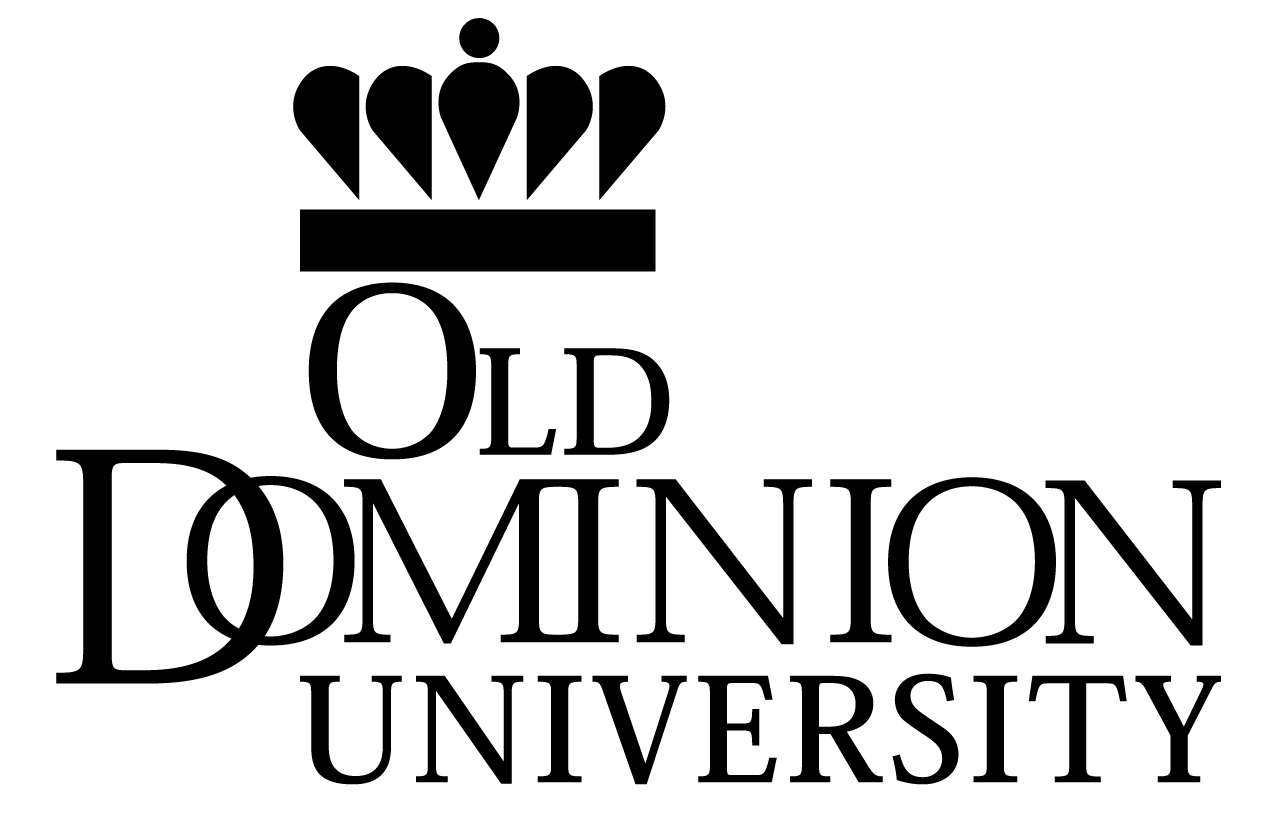| Home | |
| Registration | |
| Users Guide | |
| Model Codes | |
| Resources | |
| Applications | |
| Meetings | |
| mpiPOM/ATOP | |
|
Welcome
to The Princeton Ocean Model (POM), a simple-to-run yet powerful ocean modeling code to simulate
a wide-range of problems, from small-scale coastal processes to global ocean climate change.
POM is a sigma coordinate (terrain-following), free surface ocean model with embedded turbulence and wave sub-models,
and wet-dry capability. POM has been a pioneering force in ocean research since the early 1980s, and continues with
innovative new developments by its thousands of users worldwide until today.
New POMUSERS.org parallel site ; POM in Wikipedia ; presentations on the history of POM New Users: see Registration and Information for Users |
|
|
International Workshop on Modeling the Ocean
(IWMO Committee)
- 175 Peer reviewed papers from IWMO were published in special issues of
Ocean Dynamics
-14th IWMO-2024, Sapporo, Japan, June 17-20, 2024
(web,
submit paper)
|
|
General Information


 Note: in Sep2013 this POM page replaced the Princeton web which served users since the 1990s
Note: in Sep2013 this POM page replaced the Princeton web which served users since the 1990s |